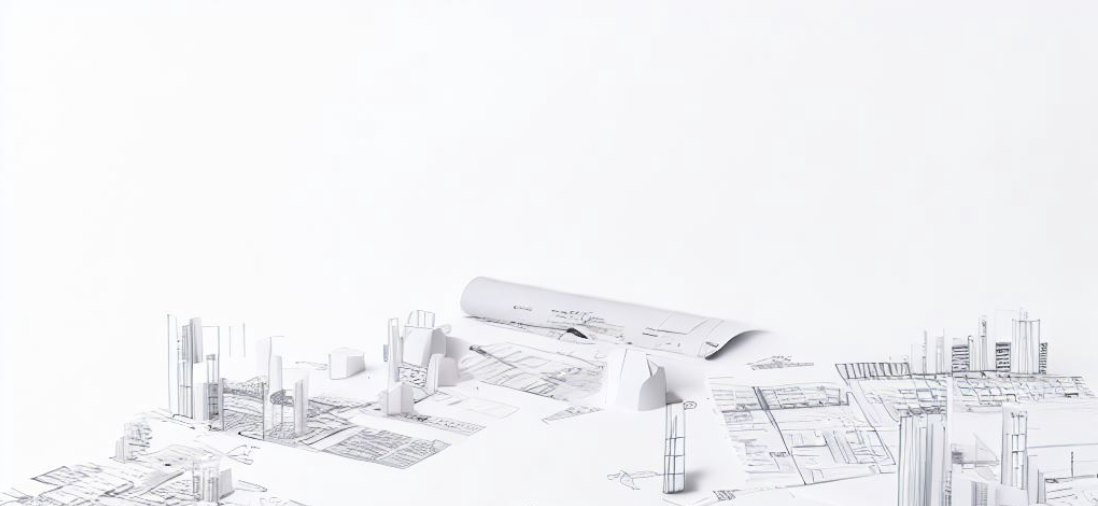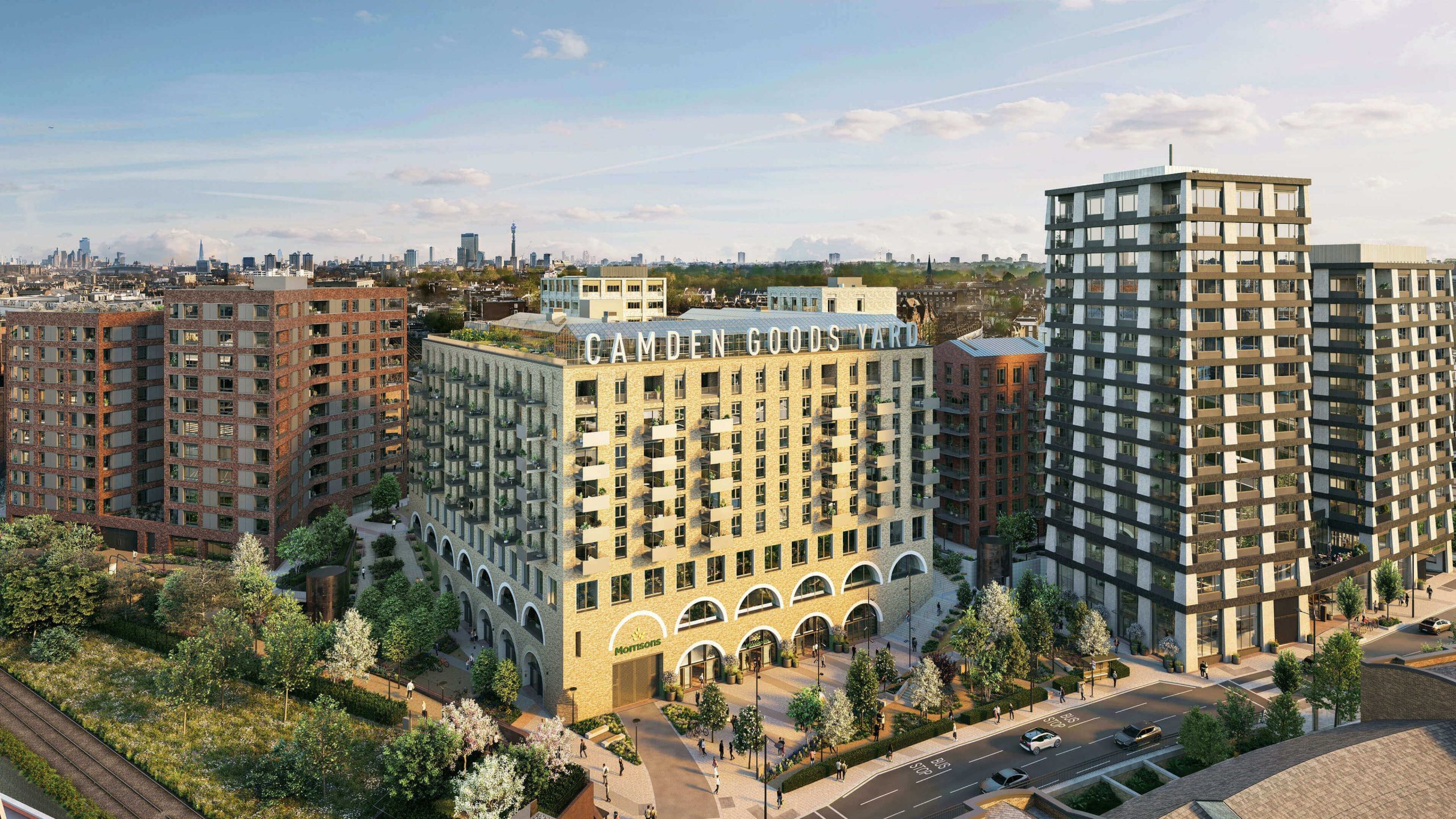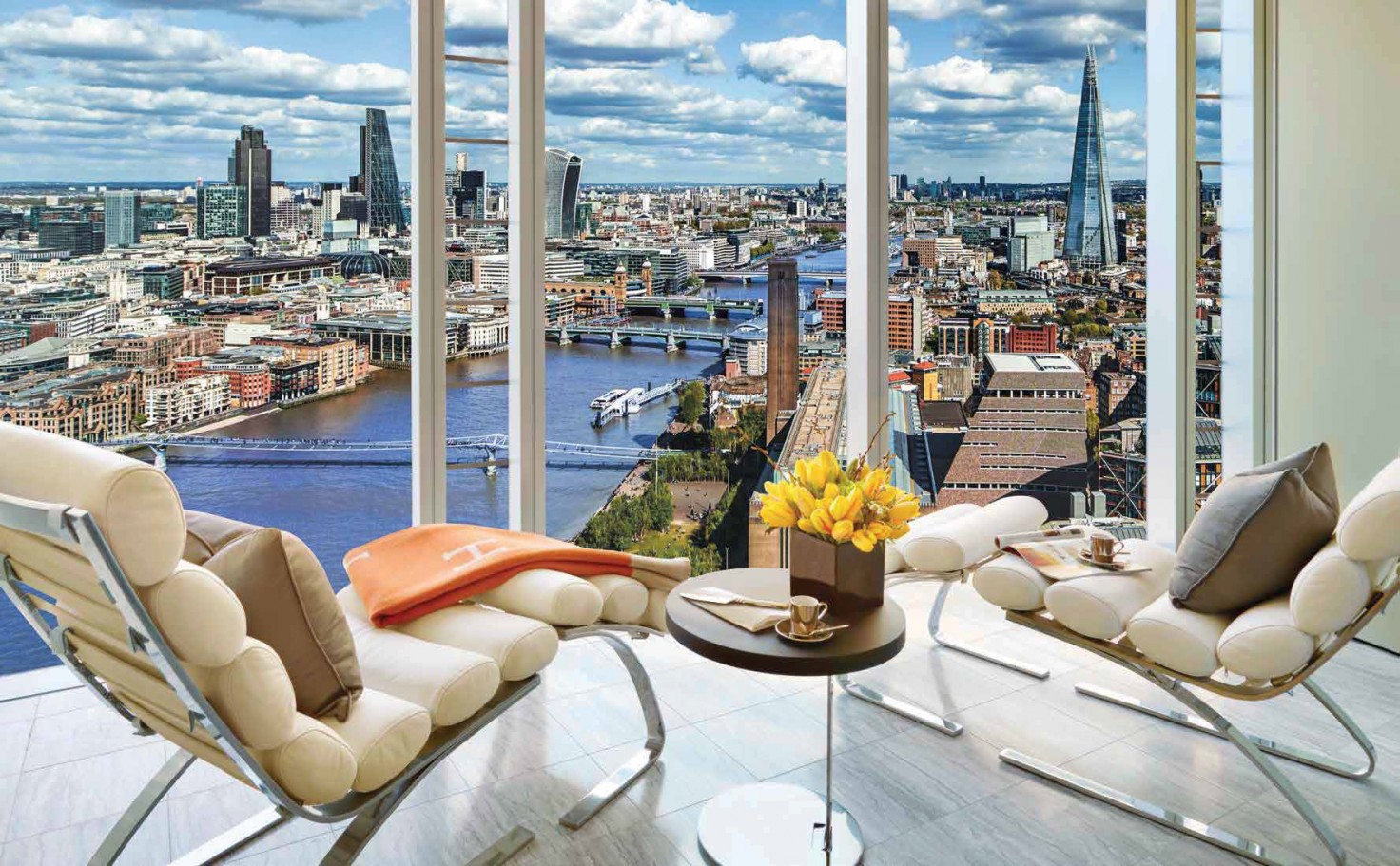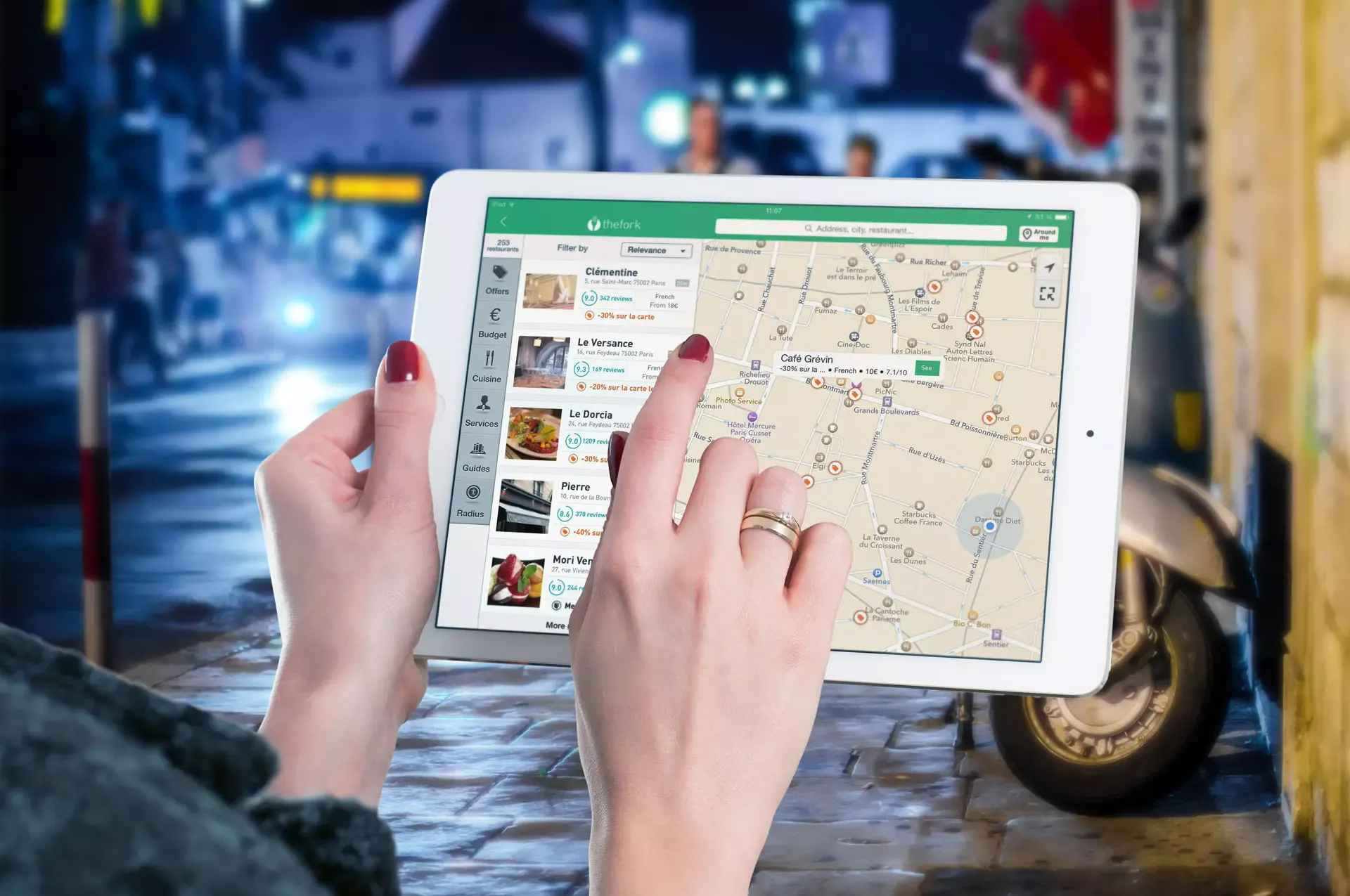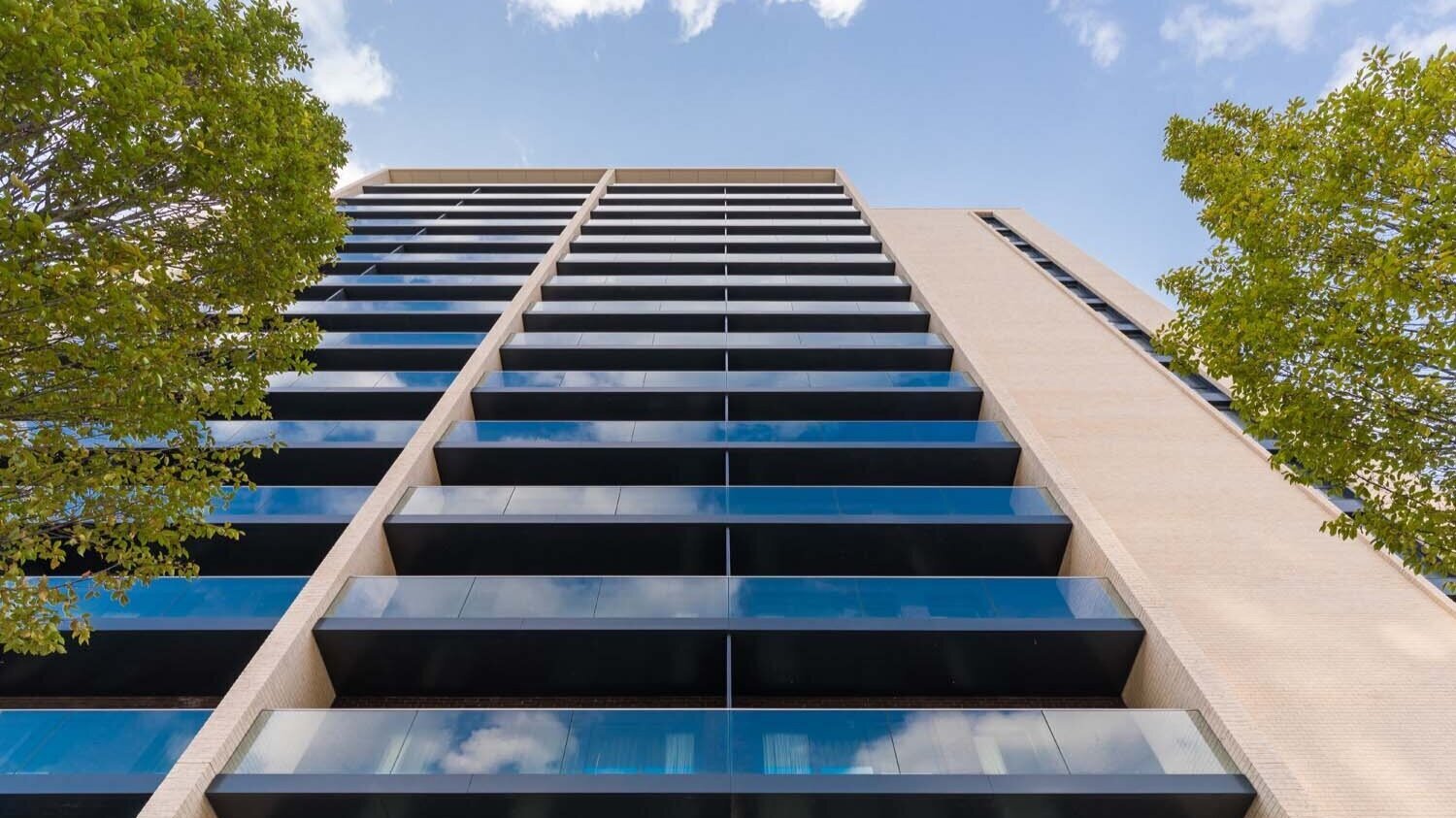Nestled amongst London’s dense urban sprawl lies the refreshing emerald oasis of Finsbury Park, whose surrounding areas have undergone striking transformation in recent years.
What were once unremarkable streets now buzz with new energy, as regeneration breathes fresh life around this leafy north London enclave. Walk its revitalised high streets and one glimpses how thoughtful development is restoring vibrancy to longtime quarters alongside the park’s expansive green spaces.
Available Properties
Traditional terraces and Victorian flats neighbour sleek new builds and conversions, catering to diverse demographics. Young families are drawn to top schools like Harrington Hill Primary while downsizers opt for flats in revitalised complexes.
Over 60 acres of lush parkland – once a Victorian leisure ground – offers tranquil trails. Nearby Manor House hosts events while neighbouring Stoke Newington pulls hipsters to period properties and independent eateries.
On rainy days, take shelter at the Neighbourhood facilities or eclectic cafes down Seven Sisters Road. Come summer, citizens gather at the park’s stunning lido for a dip. Weekend markets see traders share global flavours.
With boundless regeneration underway and crossrail linking to 33 locations by 2023, desirability is surging. Yet community spirit endures in pockets like EC1’s artsy vibe and the green escapes of Stroud Green and Highgate.
Little wonder newcomers and natives alike flock to share in Finsbury Park’s re-bloom as one of London’s most charismatically reawakening locales.
